Tags
Related Posts
Share This
Oscar Night at the Screen
By Charlotte Martinez/ Photos by Christopher Stahelin
It’s all about timing and planning for the unexpected. That’s the movie business for you.
The sky is clear at 3:30 p.m., Feb. 24 on the Santa Fe University of Art and Design campus. The Screen, SFUAD’s independent movie theater and my work place, has a sidewalk leading to the entrance and though the concrete is cracked and dusty, I feel like I’m passing Hollywood’s red carpet.
There’s a lot of excitement the day of SFUAD’s Oscar Night, but like I said, the movie business isn’t predictable. Here at the Screen, Oscar Night means a live stream of the 2013 Academy Awards for students and faculty of the Film Department. In addition, this event premieres the Film School’s first Shoot the Stars production, two student-made films featuring big name actors Wes Studi, from Avatar, and Canadian actor Luke Kirby.
My red carpet disappears, however, when I’m told we’re running 20 minutes behind.
Peter Grendle, manager of the Screen and professor at the Film School, strides in with his usual short-breathe grin (I’m convinced he runs everywhere). I tell him our last movie will let out 20 minutes late. He says he knows and we make a plan.
It’s 3:45 p.m.
I smile at the gathering audience and promise that they’ll be let into the theater soon. There’s some confusion as to when the student films will begin.
“We’re playing it by ear,” I say.
This turns out partially true. For the first 30 minutes my ear stays glued to the theater’s closed doors, behind which Peter struggles to stream cable to both the Screen and the monitor down the hall in Studio C, where the Oscar party begins.
This party is legit! Red carpet, decorations, paparazzi, finger foods, champaign, and wine. People mingle, balloons glimmer and the food smells amazing. I’m jealous once I leave this luxurious area to return to my post at the concession counter.
Students, however, wander into my lobby, maybe to comfort me in my loneliness, or to show off their fancy dresses, suits and full glasses of champaign.
“I’m showing off my Screen T-shirt,” I say when they ask about my lack of dress.
Their response? “Awe…”
I can tell these filmmakers, myself included, await the compliments, industry contacts, and free boos of the night. They wander through this well groomed event with satisfied smiles and excited nods to the staff members and honorary guests.
It’s 4:15 p.m. and the skies turn cloudy.
Peter comes out of the theater, flustered. “So the stream stopped when we tried to run it to the studio C… and there’s a corrupt file in first half of Shoot the Stars.”
“Of course,” I joke.
Brad Wolfley, film professor and mentor for Shoot the Stars, joins us. Peter turns to speak with him.
For the past few minutes Brad has been running between the computer lab upstairs and the Screen, exporting a new file of the project. We know it’ll work, because if something can be fixed, Brad Wolfley will fix it.
“When should we play it?” Brad asks Peter, referring to the file.
Peter looks to the clock and morphs to his chill self. “We’ll play it when the Oscars start to say, ‘and the winner is…then baam!’” He makes the Name-In-Lights hand gesture, “The Film School.”
They laugh then come up with an actual plan.
It’s 4:30 p.m. and a light snow starts to fall.
There’s an exclusive group now gathered in the Screen, including the chairman of the department, Chris Eyre, who’s introducing the Shoot the Stars team, SFUAD President Larry Hinz, and actor Wes Studi with his wife. I can’t help but call them all grownups, but it appears the students are waiting anxiously outside.
Doors open at 4:35 p.m. Not bad for a late start. I cross my fingers and let everyone in.
Most of the Screen’s 500 seats are occupied once everyone is settled. A podium is set up in front, the screen projects the school logo and Peter stands by, ready to play the file.
University President Hinz welcomes everyone and expresses his gratitude for those involved with the production. Chris Eyre then asks those of us involved with the project to stand and be acknowledged.
I turn to see my team on Shoot the Stars jump out of their chairs and a friend of mine points to me saying, “that’s you.”
I stand.
Two months prior, Brad Wolfley signed me on as editor for one of the Shoot the Stars projects, and now the crew’s red carpet returns for 20 seconds while I let those long hours of syncing, labeling, and editing footage, soak in before Peter asks me to dim the lights.
The school logo is replaced with our footage.
The episode “Boston Post,” written by Andrew Rodes and directed by Katelyn Peer, is the first project to play. Beautifully shot on the Red camera, “Boston Post” is a pilot to a series about a major newspaper adapting to the 21st century. Luke Kirby’s exploitive character works charismatically with Wes Studi’s unwavering role and ultimately the tension builds to an ending that leaves the audience intrigued.
“Max Dangerous,” the second Shoot the Stars film, written by Zack Moore and directed by Brett Shipiro, is the first of a web series about a secret agent whose awesome skills demonstrate a throwback to movie heros of the ’80s. Acted entirely in front of a green screen (and edited later by yours truly), the movie itself was not complete in time for the premiere, but director Shipiro (with the extra challenge of a broken hand) completed a trailer using the booming sounds of an Inception trailer. This left the audience, especially the Max Dangerous team, in a fit of laughter. Overall, a successful screening.
The stream of the Academy Awards resumes.
My new post is by the theater door, turning away red wine that could stain the carpet. Now I get to watch Seth MacFarlene make his offensive jokes, Life of Pi appropriately win best cinematography, the cast of Les Miserables sing the tear-jerking “One Day More” and the predicted best actor award go to Daniel Day-Lewis.
Around the James Bond tribute, I meet some interesting guests, including Jacques Paisner, founder of the Santa Fe Independent Film Festival (whom I interviewed this past year), actor Gary Farmer from the movie Smoke Signals, and a man who introduced himself as Charlie. I told Charlie that he couldn’t drink his wine inside, so he decided to stand with me and finish it.
“Were you born in July?” he asks.
“No,” I say.
“That would have been funny if you were. I was born in July. You know Charlotte, Charlie…”
The time they stop serving alcohol is around 9 p.m.; I’m relieved.
I walk into the lobby and my jaw drops. There’s a blizzard outside! Pure white, pure wind.
Security announces that several roads have been closed and phones ring in the lobby while guests calculate a way home. Snow is being trailed in, Peter goes outside to shovel, security monitors the roads with an iphone and the night turns to freeze.
Meanwhile, the brilliant lights and performance of the Academy Awards seem to distract the students from the outside turbulence. I too find myself distracted, but it’s by the giggles and playfulness of of Peter’s young son, Cane. Nothing bothers the little blonde boy as he runs in front of the screen in joyful screeches or finishes his happy meal by the concession counter.
The party winds down along with the weather by 9:30 p.m. The blizzard has left a couple inches of ice and snow, but the night is much quieter.
Guests are taking taxis home and the students yawn. I close the register and gather empty wine glasses. Cane plays with some balloons from the party, the shimmering gold and silver is as much mesmerizing to me as it is to him.
The Award Ceremony ends with a Seth MacFarlane and Kristin Chenoweth duo and the screen goes dark. We usher everyone out and start a tedious cleanup (more empty wine glasses, a ball cap, a nice jean jacket and some bits of food).
I wave goodbye to Peter and his family by 10:15 p.m. Now the streets are empty. In the silence, I return to the sidewalk imagining the layer of snow rolls out before me as my new red carpet.






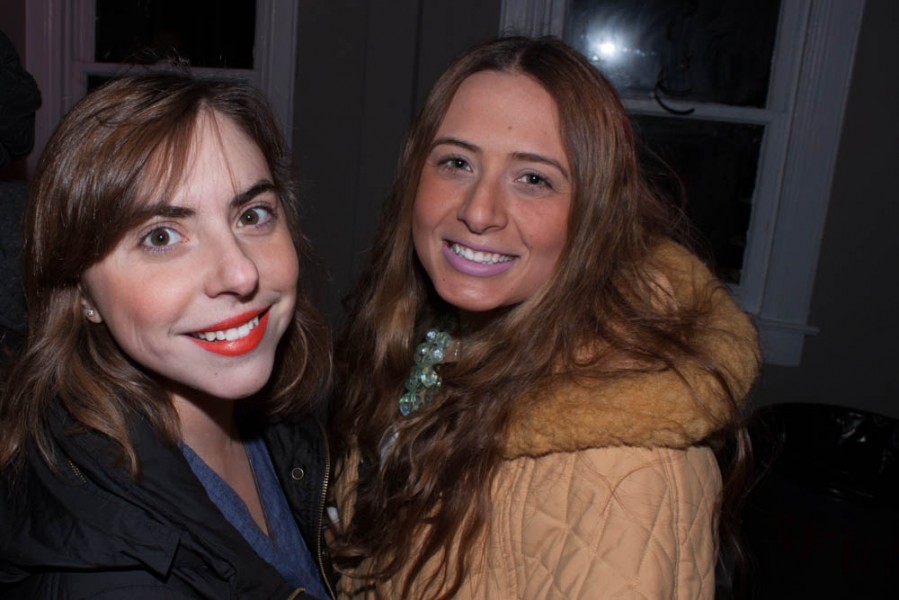

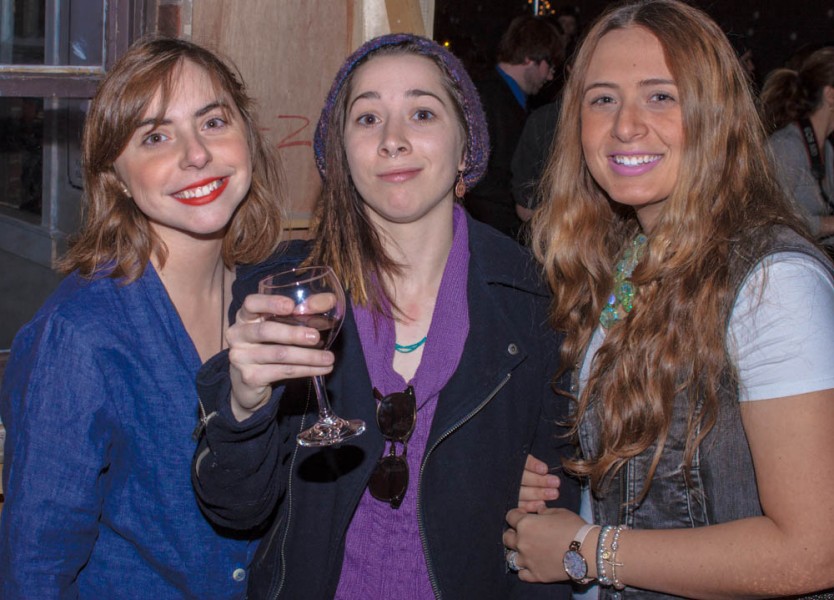
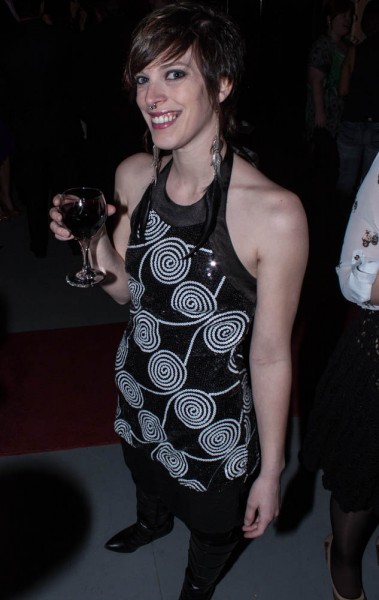
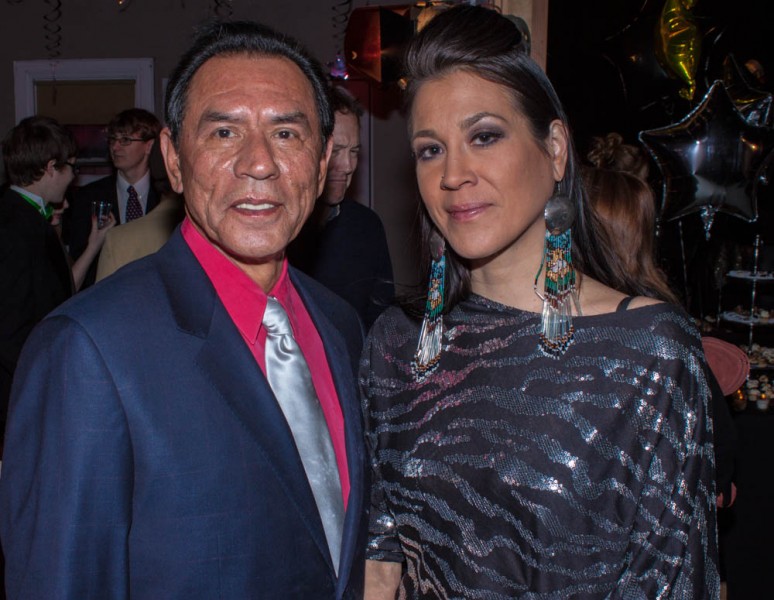
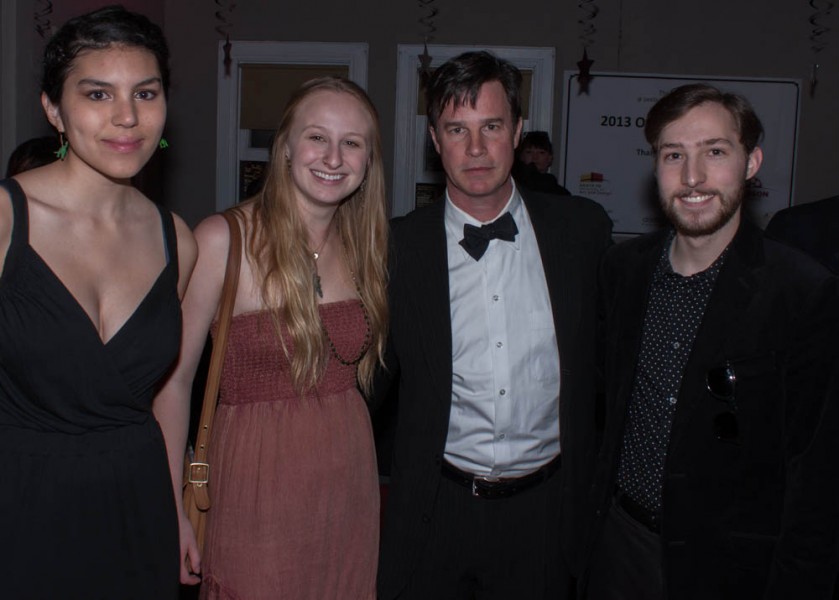

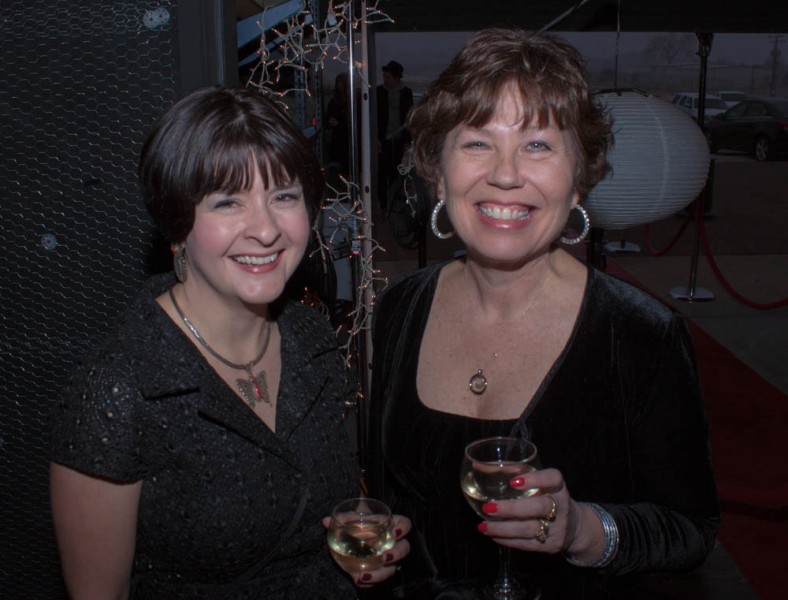

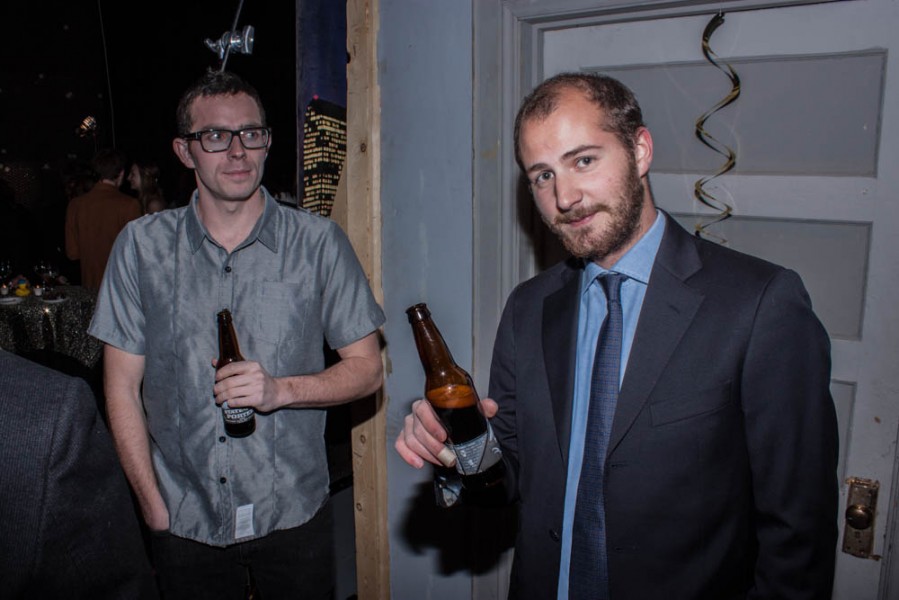
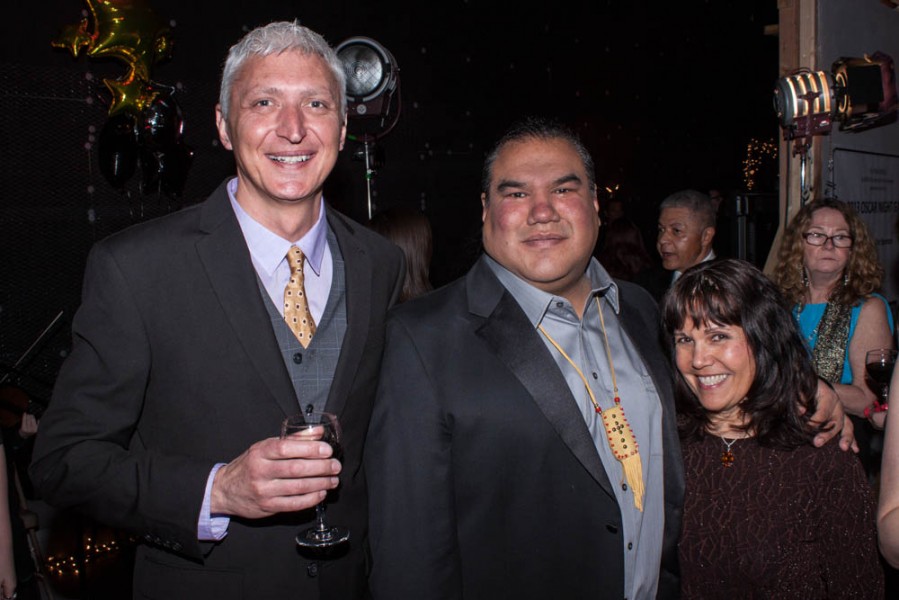
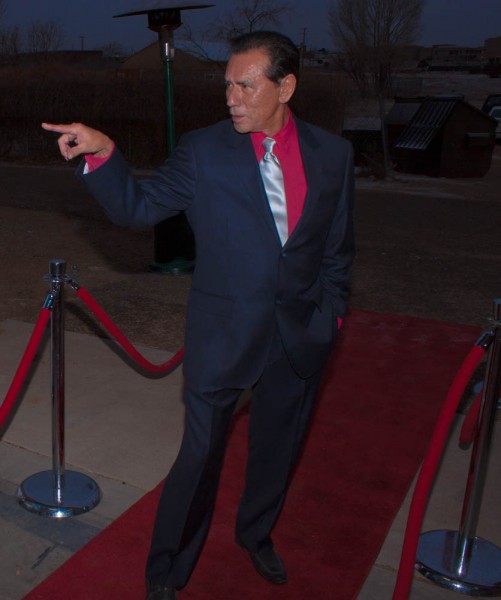
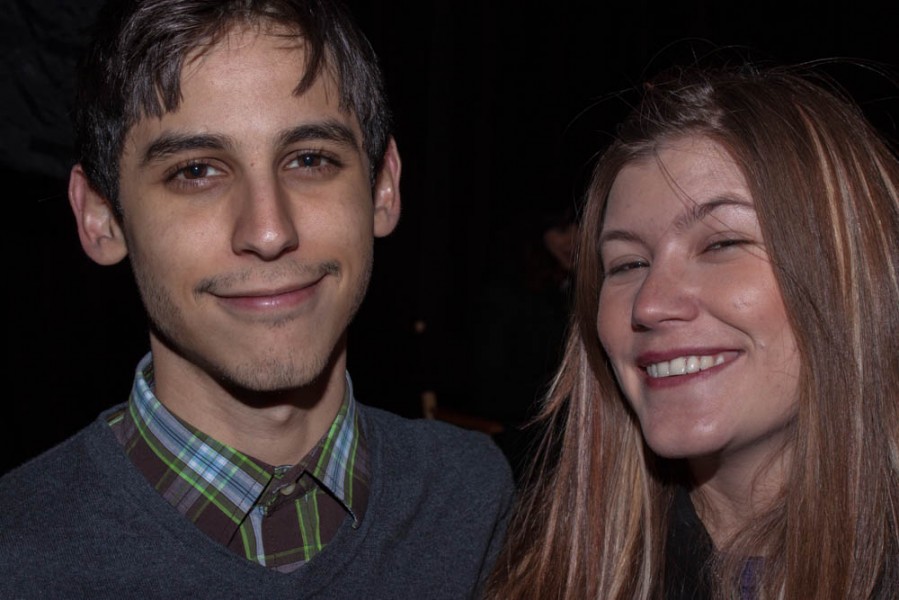
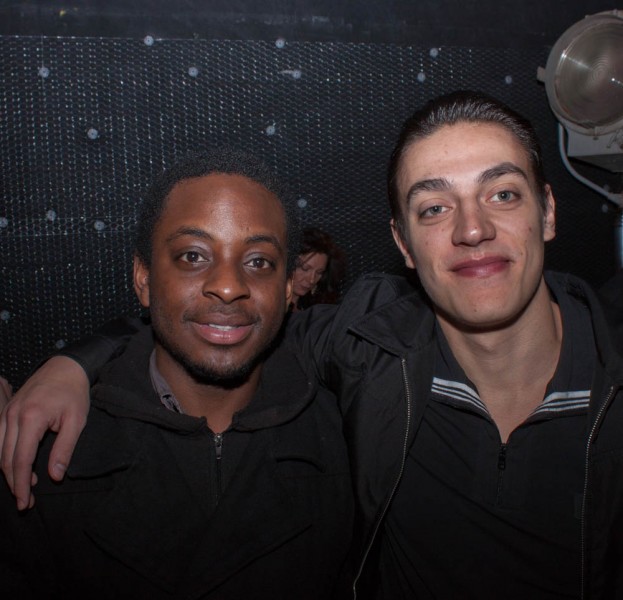
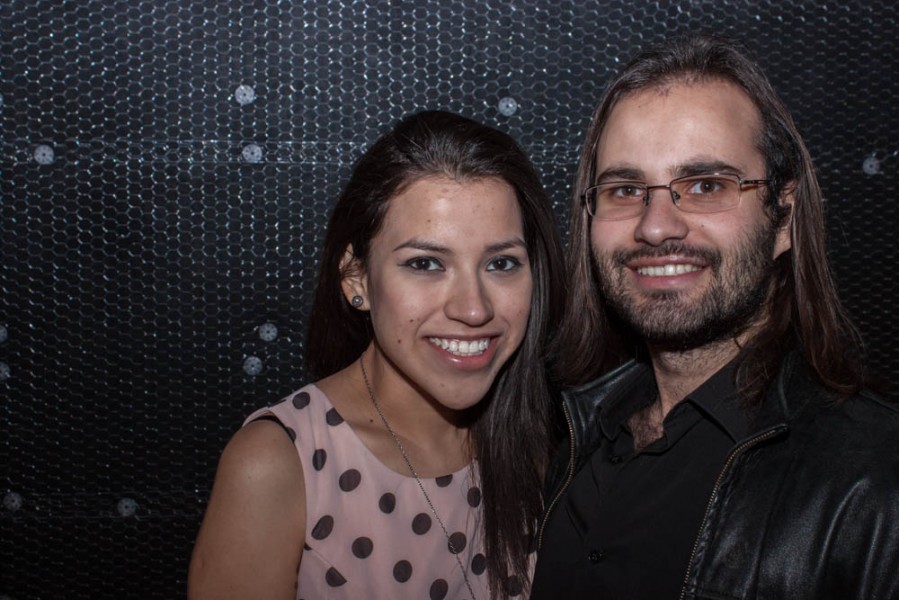
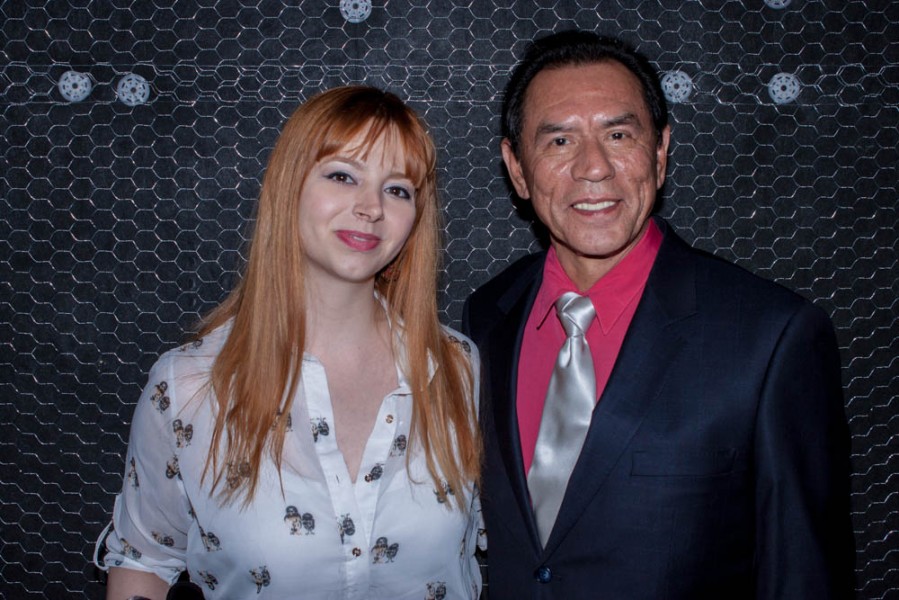
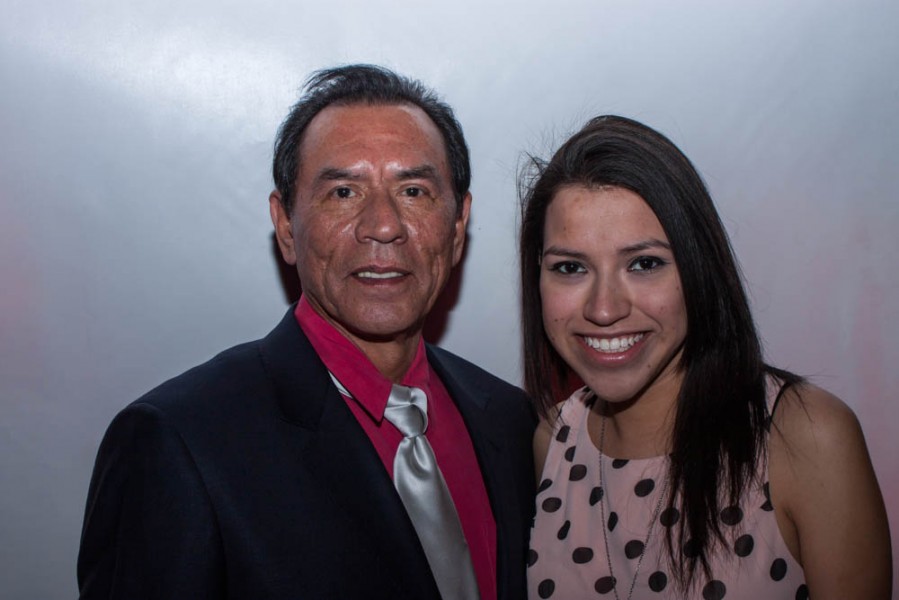
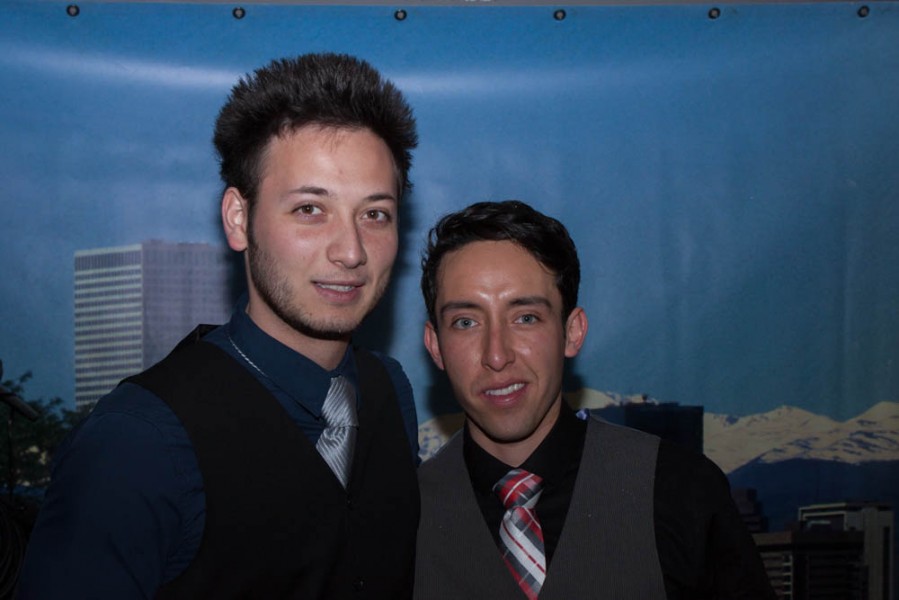
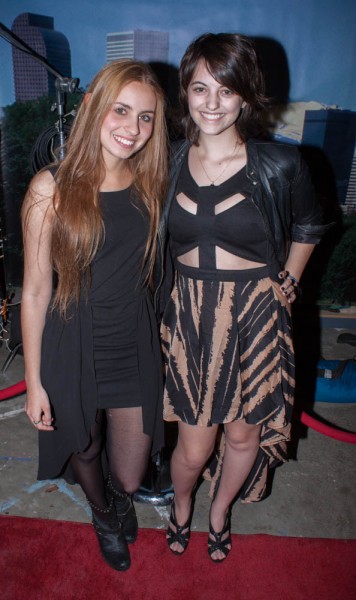
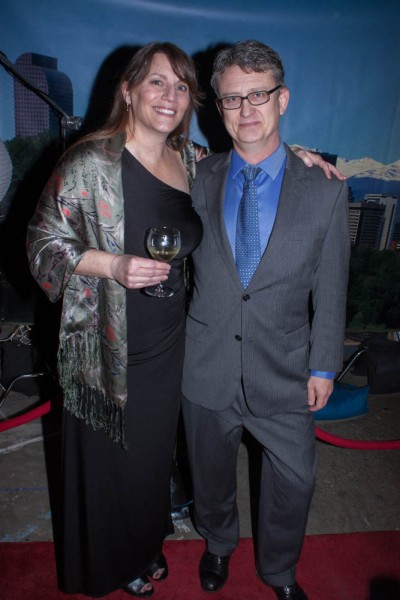

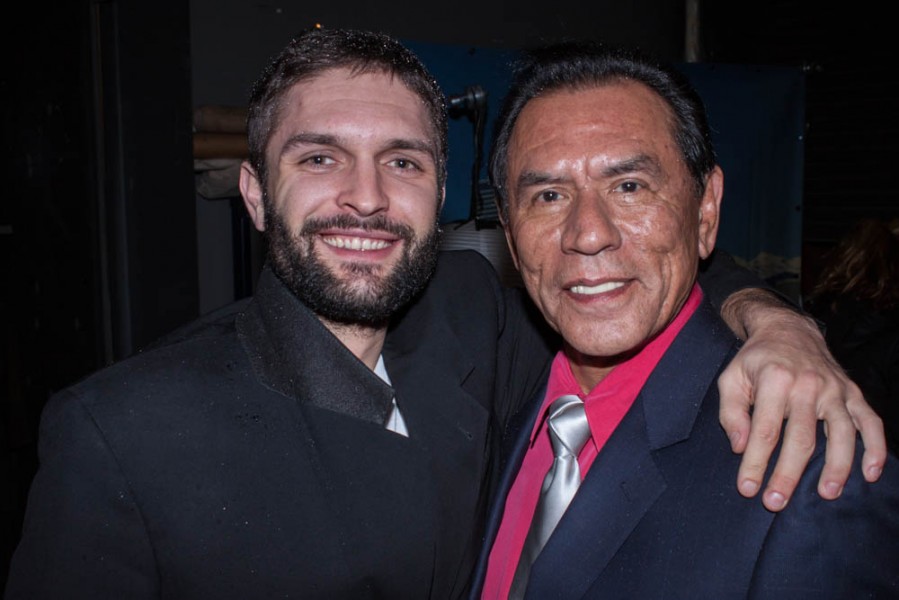
 Jackalope Magazine is the student magazine of Santa Fe University of Art and Design. Building on the interdisciplinary nature of our education, we aim to showcase the talent of our university and character of our city.
Jackalope Magazine is the student magazine of Santa Fe University of Art and Design. Building on the interdisciplinary nature of our education, we aim to showcase the talent of our university and character of our city.